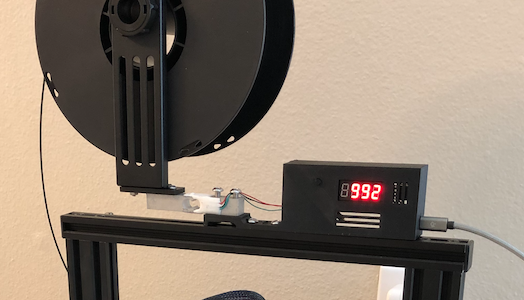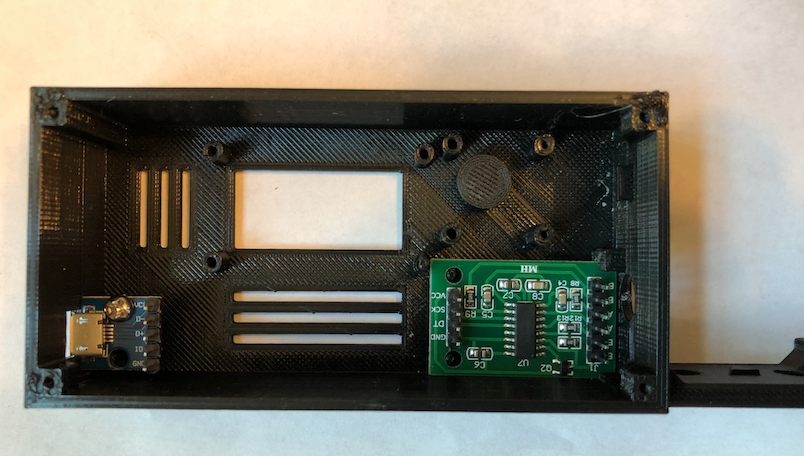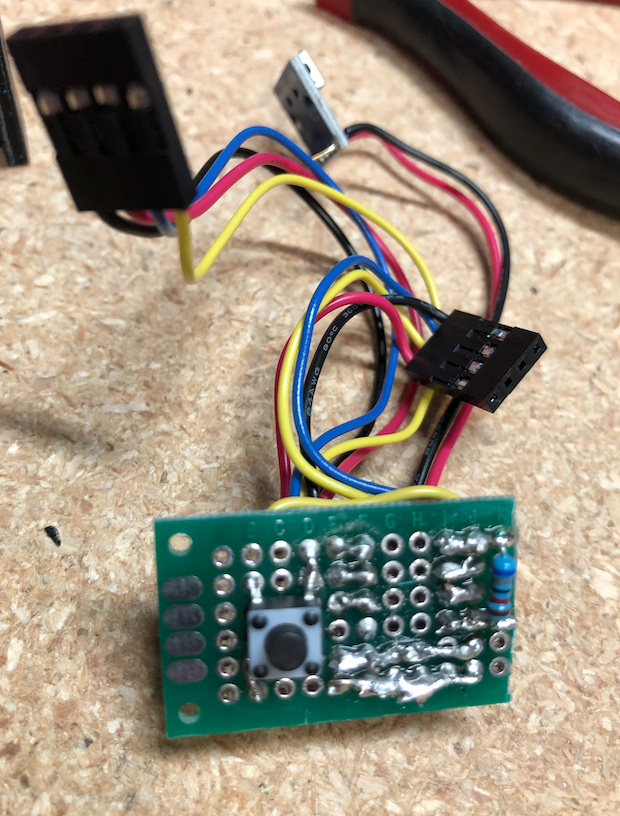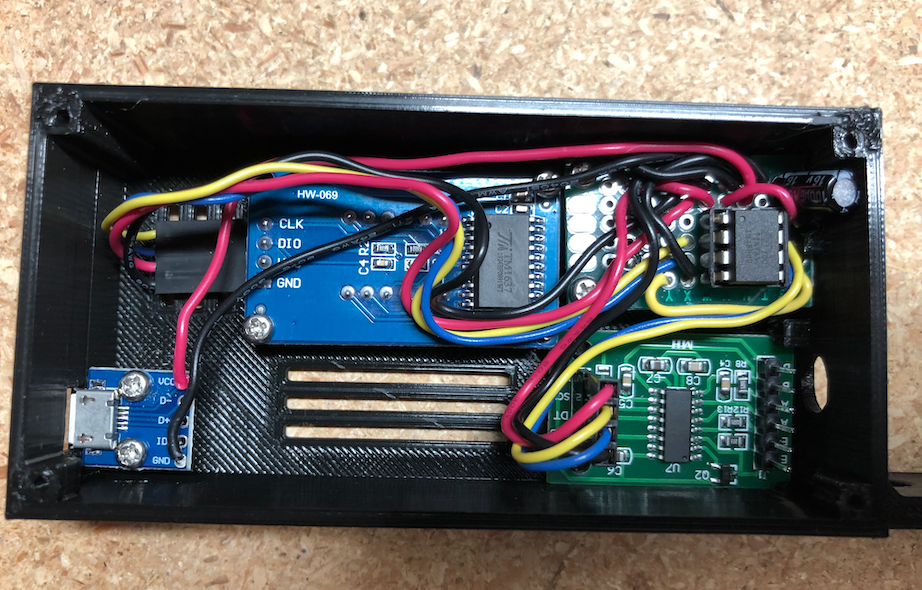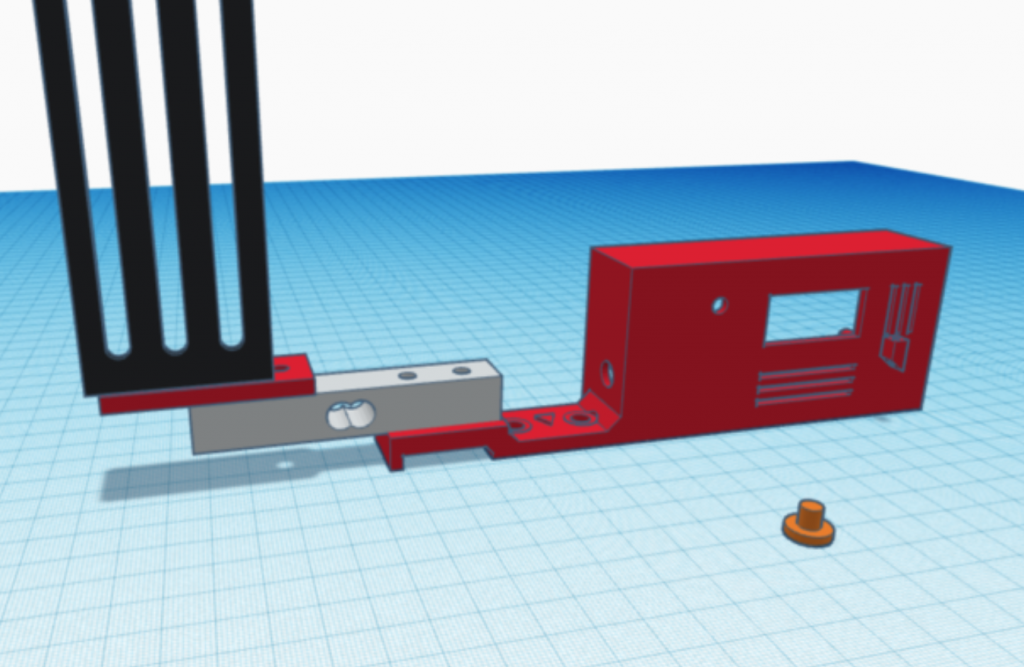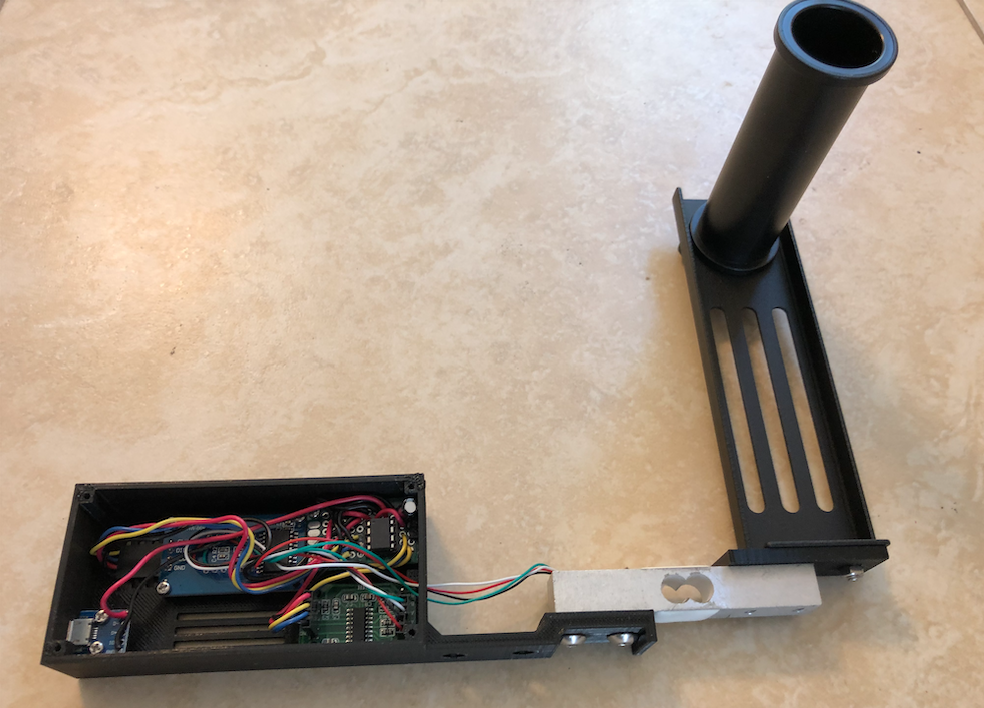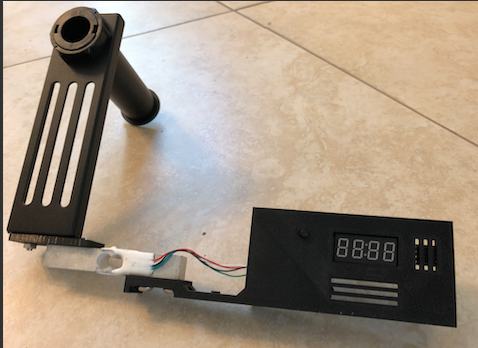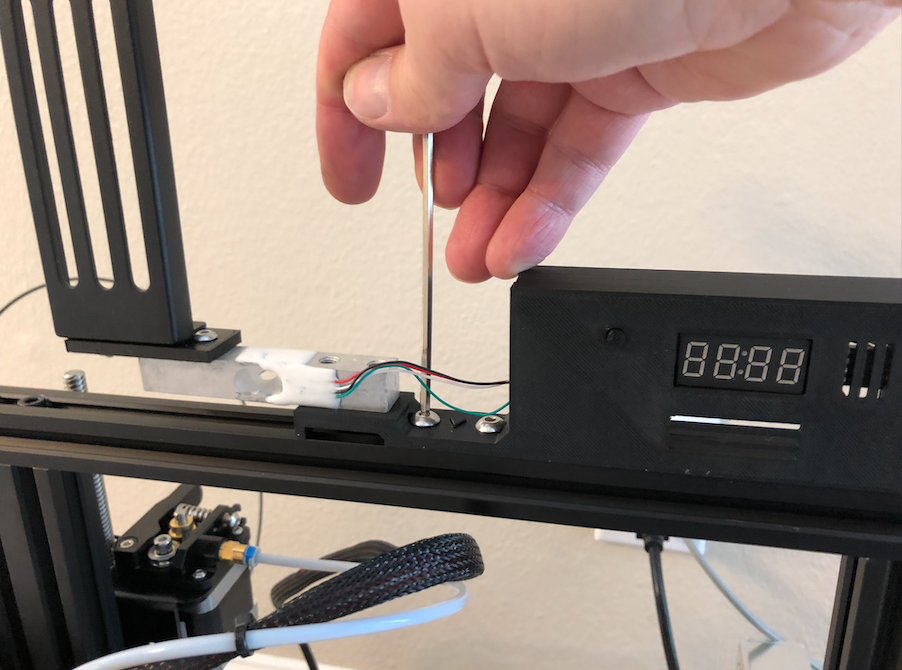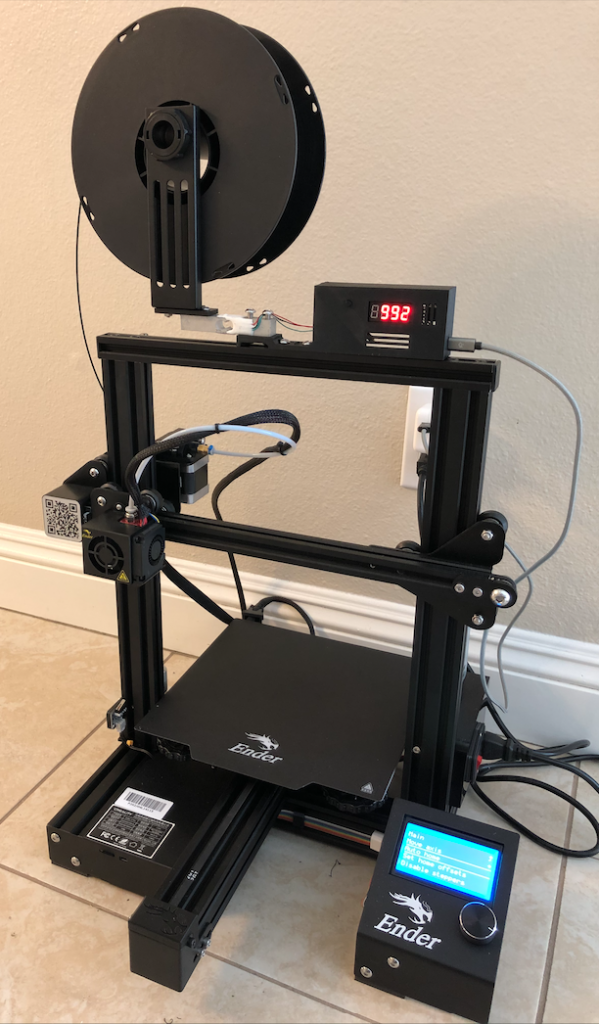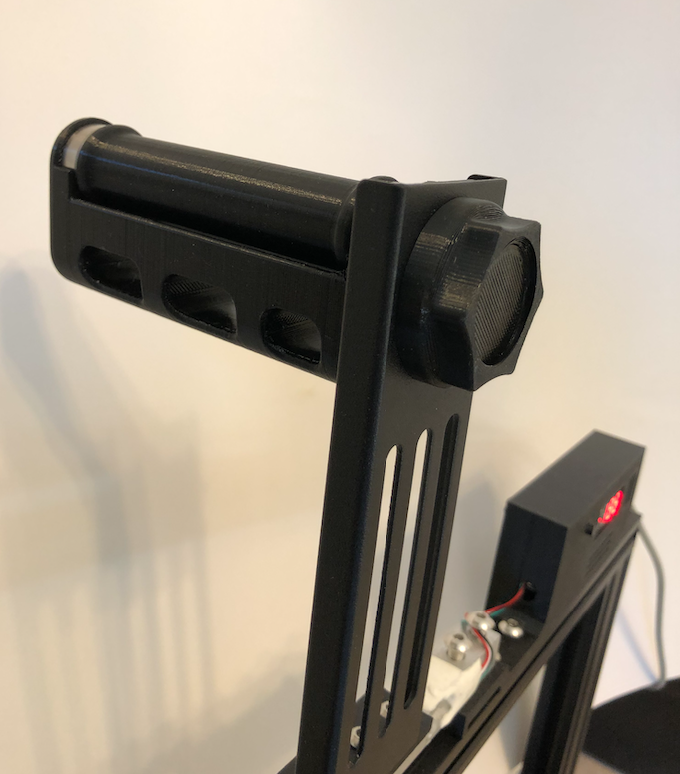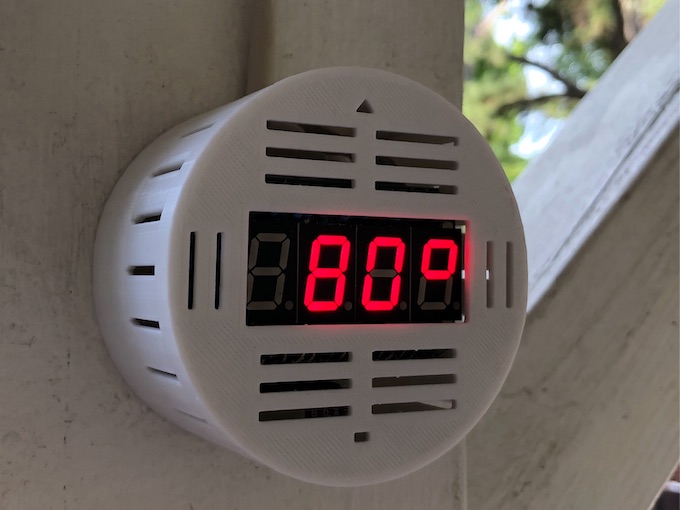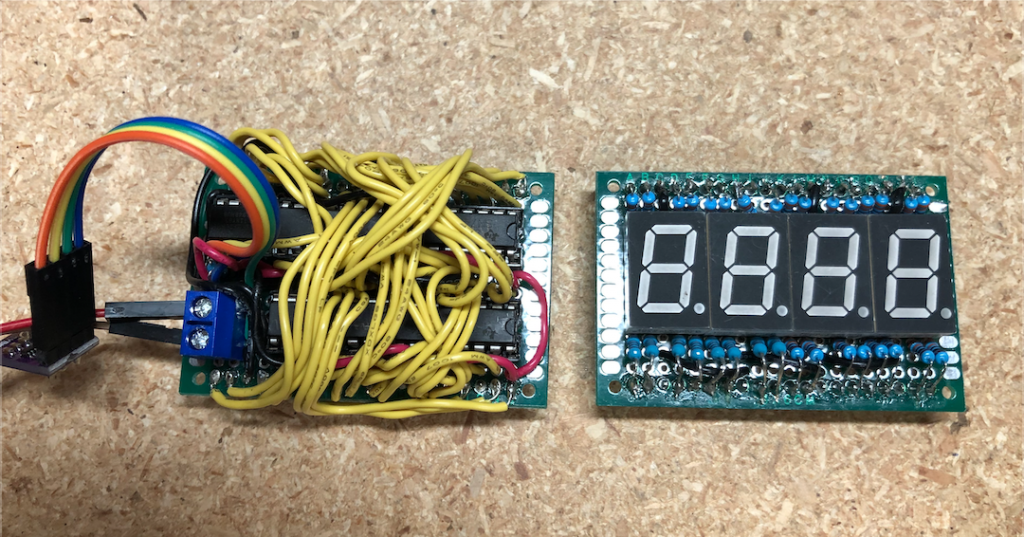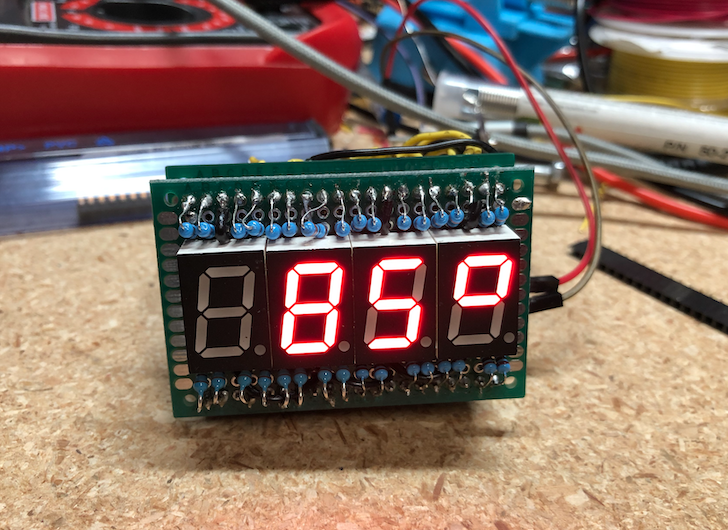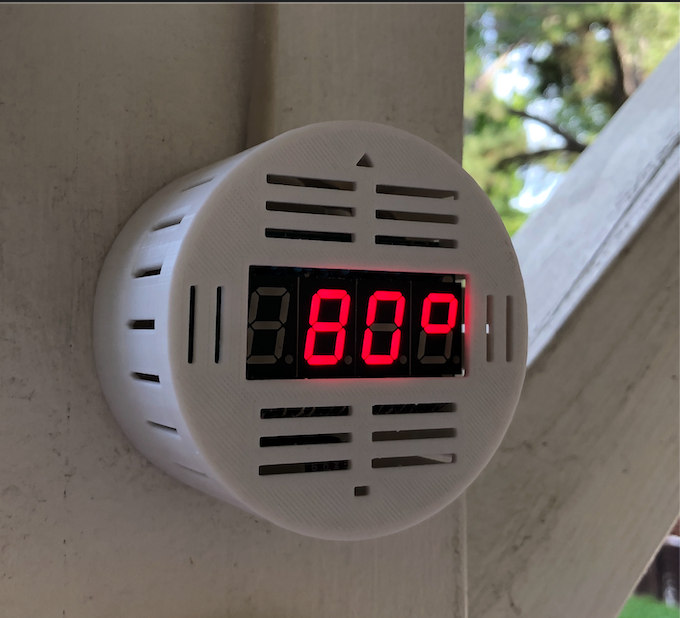“I have this ability to find this hidden talent in people that sometimes even they didn’t know they had.” – Berry Gordy
Routines are important. They create structure to manage stress, get stuff done and even unleash creative potential. In our current pandemic remote working world, routines can be a big help in creating some stability out of chaos. At the same time, they can also drive a level of monotony that can wear on your soul.
Last week I was on a call with a group of people who mentioned that it feels like we are living the movie, Groundhog Day. Each day, each meeting, each event starts to feel the same. We talked about working from different rooms or even working from outside to help mix it up. Sadly, this monotony can extend to our relationships. Most of our interactions are now digital (video conferencing, Slack and email). There is a danger that we start treating only the presentation layer. We give shallow consideration of each other to get on to the next meeting. We may do that just to survive our meeting loads. But that definitely doesn’t build depth in our relationships or bring the level of significance to our work that we want to enjoy. What can we do?
I have a radical idea. I suggest we focus some of our own energy in each meeting seeking to better understand each other. Watch, observe and take note of the unique skills you see in others. But don’t stop there, recognize them for it. Send them a note, speak up or appreciate them for what you see. Learn from them. Acknowledge them. Our hard-wired tendency is to focus on ourselves. Survival naturally depends on that, but it is singularly minded and will limit our experience, growth and impact. Instead of focusing on the video conferencing camera, turn your focus to the other people on the call. What can you do to encourage them? What do you see in others? Do you see some unique talent or skill that they may not even know? If so, tell them. We can all use encouragement.
It may be Groundhog Day again, but I suspect if we change a little of our focus, we will see the world in a whole new light. See what you can do this week to discover something new about your team members and others. For those of you with partners or kids, I suggest you try the same thing at home and see what happens. You might even spot something brilliant that even they didn’t know they had. Imagine if the whole world did that. Wouldn’t that be wonderful?

